ICC World Cup 2011: Five Things We Learned from the Cricketing Spectacle
Aditya M SCorrespondent IApril 6, 2011ICC World Cup 2011: Five Things We Learned from the Cricketing Spectacle
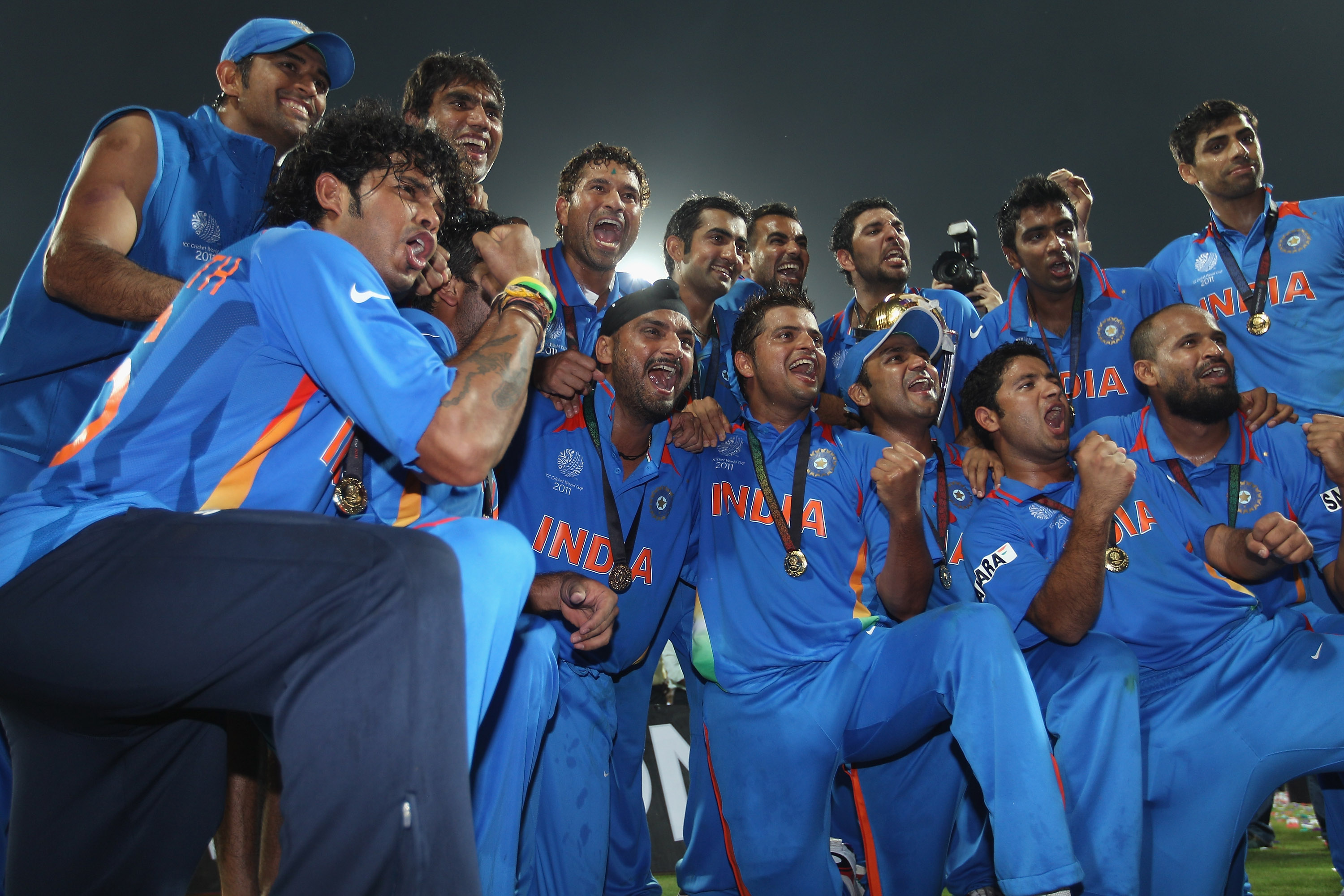
India and their superstar batsman Sachin Tendulkar finally ended their 28-year wait for another ICC World Cup trophy, becoming the first host nation to lift the Premier League on home soil.
This year’s world cup was co-hosted amongst India, Sri Lanka and Bangladesh with the championship game being held at the Wankhede in Mumbai. India and Sri Lanka competed in the final with India winning by six wickets.
England was at the heart of the tournament's several huge upsets.
They were beaten by both Ireland and Bangladesh but defeated South Africa and tied with India in an instant classic.
While India may have won the world cup, there is almost no denying that England was the most entertaining side in the entire tournament. They were involved in six clashes in the group stages and each one was a thoroughly entertaining affair, which was evenly contested by both sides.
Yuvraj Singh walked out as the man of the tournament while Sachin achieved his lifelong dream of finally lifting a world cup trophy.
For some teams the tournament ended in tragedy, while others exceeded expectations.
For India it was pure and unadulterated joy!
Here is a look at five things learned from this exhilarating tournament.
The Subcontinent Was the Perfect Place to Host the World Cup
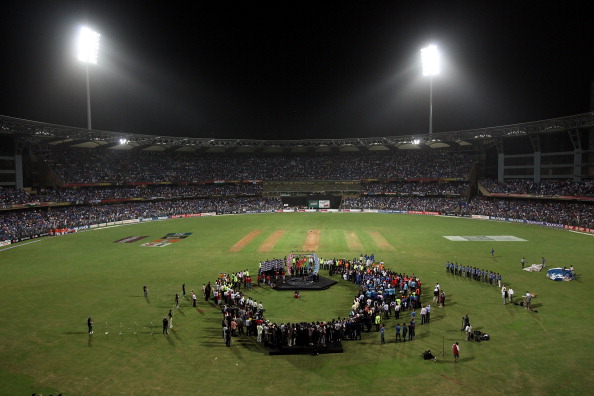
Following the debacle in the West Indies during the previous world cup in 2007, the brand took a huge hit.
Nothing went right during the tournament.
From the tragic demise of Pakistan coach, Bob Woolmer, to the early exit of Pakistan and India. Not to mention the ridiculously long tournament, which was capped with a disappointing final that was played in near darkness.
The 2011 tournament was also too long for many fans' liking, but it definitely wasn’t boring.
England, in my opinion, saved the group stages and advancing from Group B turned out to be a nail-biting experience for all the teams involved.
But the best part of the entire tournament was the fans and the electric atmosphere they created.
The fans were superb, whether the match was in Sri Lanka, Bangladesh or India. All of India's home games sold out and the atmosphere was brilliant.
The India vs. Pakistan match and the final at the Wankhede were fantastic and large crowds were present.
In Sri Lanka most matches were sold out irrespective of whether Sri Lanka was playing. In Bangladesh, every home game was declared a public holiday.
The fans in the subcontinent are crazy about cricket and in many places cricket is a religion.
The passion present during matches was a great sign, in light of the previous tournament's poor turnout.
West Indies Cricket Needs Some Serious Rebuilding
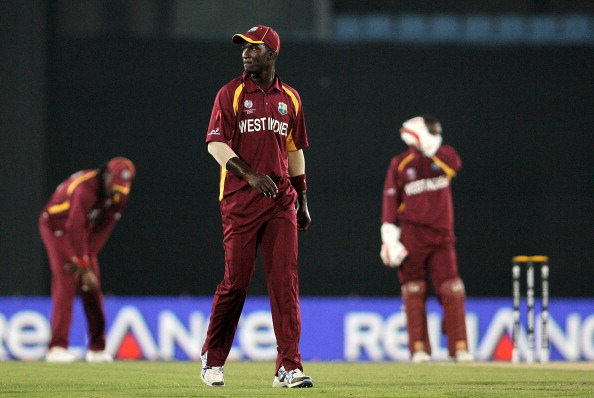
I have always believed cricket should be played with passion and drive, as with any sport.
But with the West Indian cricketers, I saw nonchalance instead of a drive to succeed.
The West Indians have been in a downward spiral for quite some time, highlighted by a scandal in which the players protested after being denied payments.
It’s hard to imagine that this region won two world cups and its side once featured the likes of Clive Lloyd, Viv Richards and Brian Lara, just to name a few. The West Indies' world rankings are a perfect indicator of their struggles.
They are currently seventh in the test rankings and eight in the ODI rankings.
In this World Cup, they lost to India, South Africa and England: three really good teams in their group. They were hammered by Pakistan in an absolutely one-sided affair in the quarterfinals and against both England and India they threw away leads.
The West Indies have gaping holes in almost every department. They lack proper replacements in their team and are often too reckless in their batting, which results in losses that should be wins.
Pakistan Cricket Has a Bright Future
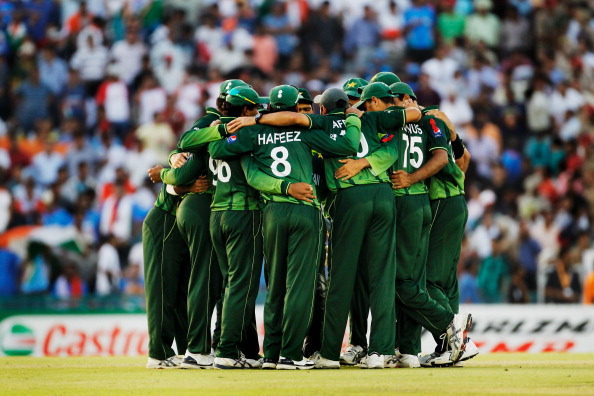
When Salman Butt, Mohammad Asif and Mohammad Amir were banned by ICC amidst spot-fixing allegations, it looked like Pakistan might crumble.
Instead they have bounced back from those setbacks and had a good run before falling to the champions and their arch rivals, India.
During the group stages they suffered just one loss, which came at the hands of the Kiwis. They finished at the top of a group that featured Australia and Sri Lanka and beat both teams en route to the quarters.
In the quarterfinals they dumped the West Indies in comprehensive fashion.
Pakistan has plenty of positives to take from this tournament.
Despite missing two of their best fast bowlers, their bowling attack was one of the best in the entire tournament. Their ability to produce talented fast bowlers remains impressive.
After losing both Asif and Amir, Umar Gul and Wahab Riaz rose to the occasion. With the former showing deadly accuracy throughout the tournament, save for the semifinal.
Against India, Riaz shined as he picked up five wickets to cap an impressive performance of pace bowling.
Shahid Afridi picked up 21 wickets in the tournament to finish in the top of the wickets chart. His elite bowling coupled with the wily bowling of Saeed Ajmal make Pakistan a real threat to any side.
Pakistan’s batting lineup, especially their openers, might have showed some flaws but as the tournament progressed, the openers began to improve.
Pakistan still has a lot of work to do, but they showed they've taken steps in the right direction and can remain a powerhouse.
Yuvraj Singh Has Come of Age
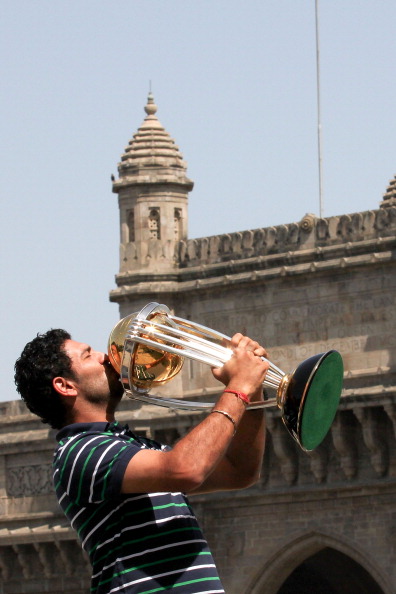
For any India fan, one of the most iconic moments of this world cup was Yuvraj’s roar after he hit the winning shot against Australia.
It symbolized the day the talented southpaw from Mohali finally came of age.
For many years, it has been evident that Yuvraj has plenty of talent, and there were few players that were better than him in the tournament.
Sadly, he once lacked the temperament to fulfill his potential—but not anymore.
He will forever be remembered as the man who led India to their second world cup, winning four Man of the Match awards along the way. Yuvraj has endured a tough period in his career and he chose the perfect platform to silence his critics.
He scored an impressive 362 runs in the tournament, including four half-centuries and a ton against the West Indies.
But his biggest contribution came with the ball, as he picked up 15 wickets.
Throughout the tournament, India played with just four recognized bowlers. This meant that players like Yuvraj, Yusuf Pathan, Kohli and Raina had to pick up the slack.
But as a result of Yuvraj’s stupendous bowling performances—he bowled 10 overs in almost every match—he reduced the headache of not having a fifth bowler. He even picked up five wickets against minnows, Ireland.
The once bad boy of Indian cricket helped his team with a great combination of brilliant bowling, batting and let’s not forget, fielding.
Associate Nations Need to Be Supported

For some countries the gap between matches was painfully long.
Several teams had to wait a week between games. While the fans in the subcontinent got a chance to watch successive matches, the same cannot be said for fans in countries like Australia and England who had to wait weeks for their teams to play.
So as a result the ICC decided to make some changes.
The ICC reduced the number of teams partaking in the 2015 tournament from 14 to 10, eliminating participation by the associated nations, and moreover, terminating the qualifying process.
I believe this is the wrong approach. This year two countries from the associate nations were impressive: Ireland and the Netherlands. So in next world cup teams like Bangladesh and Zimbabwe will have a chance to compete, while the aforementioned nations will miss the cut.
Is this what the ICC should be doing: denying the associate nations a chance to play on the grandest stage of them all?
After all, Zimbabwe is not much better than Ireland or the Netherlands. Ireland recorded a major upset in the tournament when they shocked England, and they also gave India and Bangladesh a run for their money.
The Netherlands didn't win any matches but they played well. They put on good showings against Ireland, India and England but eventually fell short.
The associate nations have proved they are capable of playing competitively and at least two of these countries need to be given a chance.
These nations can develop and improve over time.
By further alienating them, the ICC is doing more harm than good.